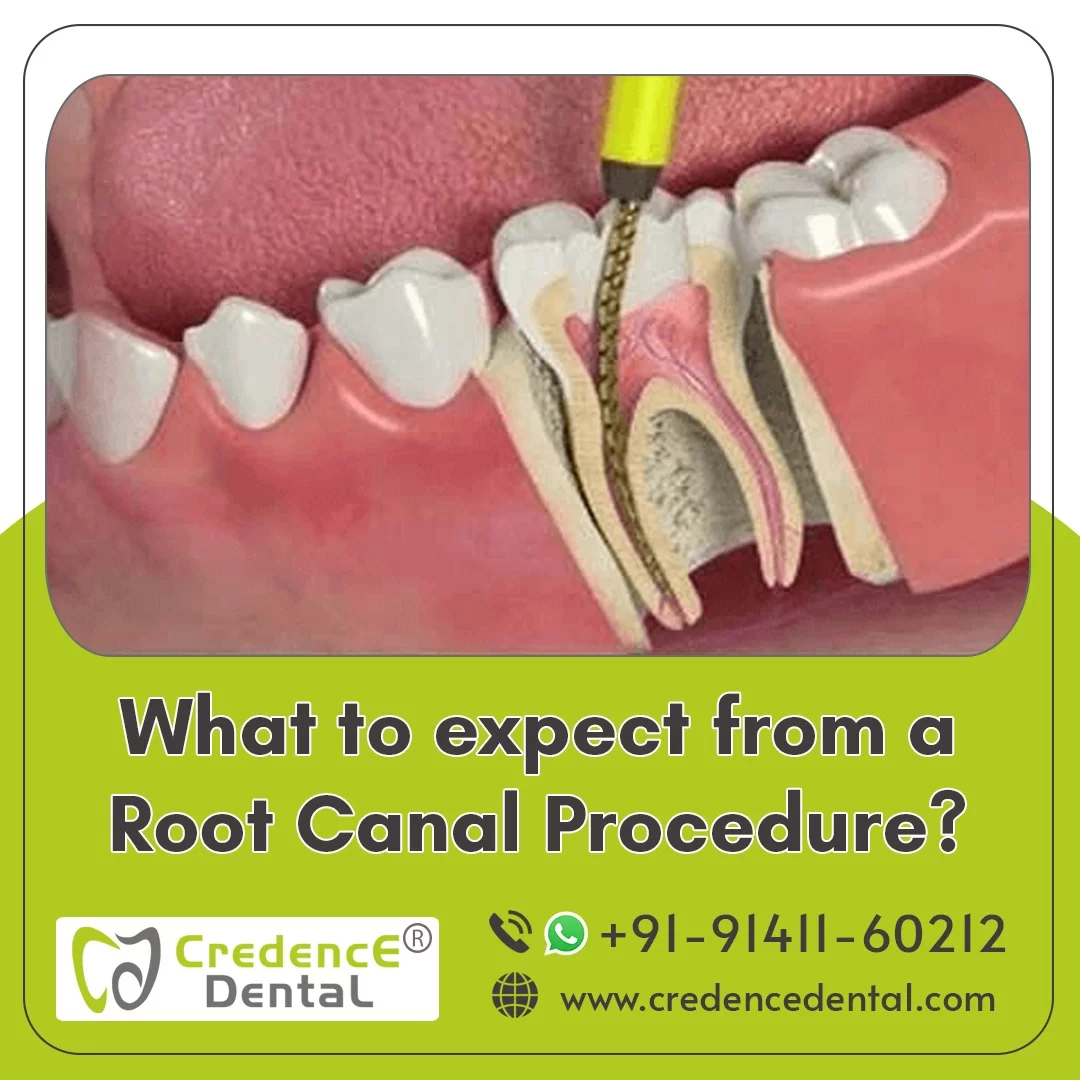Whose eyes don’t pop up by just listening to these words “You need a root canal treatment” Root canal treatment has earned such a bad reputation over the years, that they are used as a comparison tool by which a given situation is deemed more or less terrible. But gone are the days when this fear and pain were actually troublesome for patients. Thanks to modern advances in dentistry, these procedures are now fairly straightforward, painless, and undeserving of the terror associated with their name.
Root canal treatment is a treatment meant to repair and save a severely decayed or infected tooth. The process involves the removal of the tooth nerve and pulpal tissue, followed by which cleaning and sealing of the tooth inside is done. When the process is complete, the tooth and its surrounding tissue have to be protected from infection.
What is root canal treatment?
A root canal is part of the tooth. It is the hollow section of a tooth that contains the nerve tissue, blood vessels, and other cells known as the pulp. basically, a tooth has two parts – the part seen in the mouth is the crown part and the part inside the gums is the root part. Inside the tooth is the canal which has pulp. Pulp is the tissue that gives the sensation of hot or cold or pain when there is inflammation.
The name of the dental procedure commonly referred to as a root canal is endodontic therapy which means inside the tooth. However, the term root canal is commonly used as a term of treatment modality.
How painful is root canal treatment?
One of the scariest fears anyone has about root canal treatment is the pain associated with it but if treatment is carried out by a trained dentist, it is not a painful treatment. The pain that is felt comes from the infection and not from the technique. Hence treatment does not cause pain. It helps to alleviate it. The dental surgeon will relieve the pain of the procedure by numbing the tooth and surrounding area. After the treatment some tenderness is normal. It is normal and goes away with a few medications prescribed by your dentist.
Who needs root canal treatment?
If the pulp present in the root canal becomes injured or diseased, it can be repaired on its own. And the tissue dies. Also if there is a big cavity, broken tooth, or fractured filling, the bacteria can enter the pulp. this will eventually destroy the pulp and cause infection. Also if the infection proceeds further beyond the root, the bone present below the root also will be infected. This will break the bone and infect the ligaments too thus making tooth loss.
This kind of pulp injury makes the tooth sensitive to high and low temperatures or pain while eating. Also, some patients might have continuous dull kinds of pain. Without treatment, the infection will spread and eventually the tooth cannot be saved and will need removal. Root canal treatment will help save the tooth and thus prevent any form of abrupt tooth movement.
Recovery and Aftercare:
IS there a long recovery time after a root canal?
No. Besides giving local anesthetic which needs a few hours to wear off, things are quite normal. It’s important to take a few post-treatment precautions like not chewing hard, sticky, or crunchy food from the same side where treatment is done. Eat soft food until the permanent filling is completed. If you are sore it will probably be from the injection site or keeping your mouth open for a long time. To help with the discomfort take over-the-counter medication. Apply a cold compress to the side for a few minutes.
After the final crown is placed on your teeth, it’s important to floss daily and keep the area clean. That’s because plaque can still accumulate around the edges of the crown and may cause cavities or gum disease. Hence oral hygiene maintenance is a must.
Is Root canal treatment safe?
Yes absolutely. Root canal treatment utilizes safe, high-quality materials that are biocompatible and gives long-lasting support. It’s always better and safer to do a root canal rather than to avoid it and go for complex treatments in the future. Especially if the tooth is left untreated it could potentially put you in the hospital making it an emergency situation.
So if a root canal treatment is in your future, don’t panic. Instead, take time to familiarize yourself with the procedure so you can keep your anxiety in check.
Call us or Whatsapp us at +91-9141160212 to book an appointment today! or just drop into our Dental Clinic at RR Nagar in Bangalore


